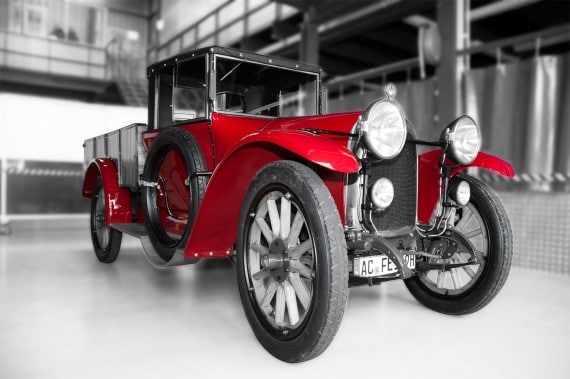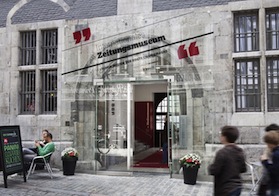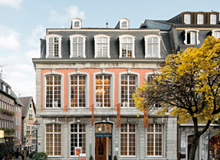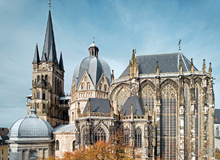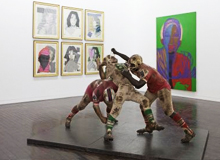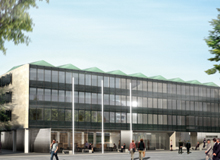From snarling fafnir to the vehicle of the future – Automotive Aachen
11.09.2016 - 19.02.2017A car city? Most Germans would think of Wolfsburg or Rüsselsheim, home of Volkswagen and Opel, respectively. Only very few people know that Aachen, too, has been a major base for the automotive industry in Germany. At the beginning of the 20th century, several automotive businesses were based in Aachen: Fafnir, Cudell and Mannesmann-MULAG were famous car manufacturers back in the day and exported their cars worldwide. When Black Friday of 1929 marked the beginning of the global economic crisis, however, Aachen’s automotive industry had already disappeared. Aachen’s manufacturers, still producing manually, were simply too small to compete with the larger brands. Notwithstanding, Aachen remained an important automotive research base. Founded in 1870, the Institute of Technology – at the time the only one of its kind in the Rhineland and Westphalia – brought together unparalleled engineering expertise in Aachen.
At the same time, cars began to change the face of the city: Urban planners had to take an ever-increasing number of cars into account. New and wider roads were top of the agenda for urban planners after World War II. Until the 1970s, fascination with cars had not waned, meaning that the tram had to make way for private cars. Pedestrian tunnels were constructed to ensure traffic could flow unhindered. Only the 1973 Oil Crisis triggered a change of mind, launching a transformation process still on-going today. Pedestrian zones, traffic calming measures and calls for the car-free city centre as well as resuming tram services are just two aspects that show how our attitudes towards car traffic has changed.
Today, Aachen’s universities are more involved in automotive and mobility research than ever before: New drive technologies, new materials, energy storage, lightweight chassis, traffic control systems and mobility plans – research covers the full range of developments and issues pertaining to automotive and traffic technology today. Typically for Aachen’s universities, research results often will be tested right on site and then be applied in the design of new products. StreetScooter, the e-car now used by Deutsche Post DHL, was developed at the University and is now produced just off Jülicher Street on the former production site of rolling stock manufacturer. There is a plethora of cooperation programmes between the University and municipal institutions. Countless pilot projects have been initiated to field test new technologies: the first parking guidance system, LED traffic lights and unparalleled promotion of e-mobility.
Formula 1 tracks made in Aachen
The general enthusiasm for cars gave rise not least to motorsports. Aachen was one of the stops on the course of the first international car race from Paris to Berlin in 1901. In 1948 and 1949, car races were also held around Ronheider Berg road and soap box derbies were hugely popular in Aachen during the 1950s and 1960s. Nowadays, Aachen is mainly linked to motorsports as it is involved in the planning and construction of F1 racetracks.
The exhibition shows cars as an important aspect of the city’s history over the past 120 years. Next to historical Fafnir cars, old company documentation, advertisement and photos are on display recalling the exciting first years of the motorised society we live in today. Models and media content show what engineers envisaged the car of the future to be like.
From Sunday, 11th September 2016, 12:00 noon.
Curators: Prof Dr Frank Pohle, Myriam Kroll, Holger Hermannsen, Lars Neugebauer
« Pomp and Circumstance – Coronations in Bratislava/Pressburg, 1563-1835
The Struggle for the True Faith »
